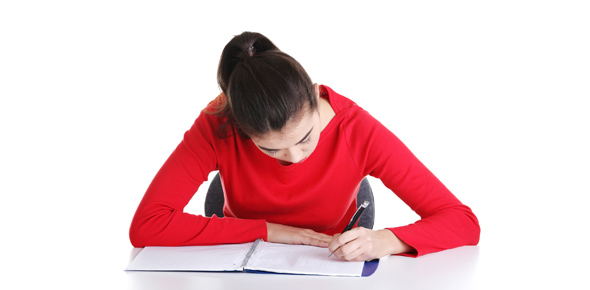Related Flashcards
Related Topics
Cards In This Set
| Front | Back |
|
What is the normal gait cycle
|
Heel strike to ipsilateral heel strike
|
|
What are the 2 major phases of a normal gait
|
Stance (60%)swing(40%)
|
|
What are the sub phases of stance
|
Initial contact, loading response, mid stance and terminal stance
|
|
What are the sub phases of swing
|
Pre swing, initial swing, mid swing, terminal swing
|
|
What are the 3 functional tasks of gait
|
Weight acceptance, single limb support, single limb advancement
|
|
Weight acceptance ( WA) =
|
Initial contact (IC) + loading response (LR)
|
|
Single limb support (SLS)=
|
Midswing (MSt) + terminal stance (tSt)
|
|
Single limb advancement (SLA) =
|
Pre swing (PSw) + initial swing (ISw) + midswing(MSt) + terminal swing (TSw)
|
|
What are the 4 dynamic functions of the foot during stance phase
|
1- become loose adapter at initial contact 2- provide shock absorption at inital contact 3- become rigid lever at terminal swing 4- absorb transverse plane motion of LE during stance phase
|
|
What joint do pronation and supination occur at
|
STJ and MTJ
|
|
This type of walking results in loose foot, allowing for more mid good motion, compromising first ray and attachment of peroneus longus
|
Pronation
|
|
This will not allow the foot to resupinate to provide rigid lever, it is less powerful and less efficient force
|
Pronation
|
|
This type of walking causes the for to remain ridgit decreasing mobility or the calcaneocuboid joint and cuboid
|
Supination
|
|
This results in increased tension of peroneus longus and decreased mobility in first ray causing weight absorption on 1st and 5th metatarsals and inefficient ground reaction force absorption
|
Supination
|
|
What kind of joint is the subtalar joint
|
Single axis hinge joint
|




